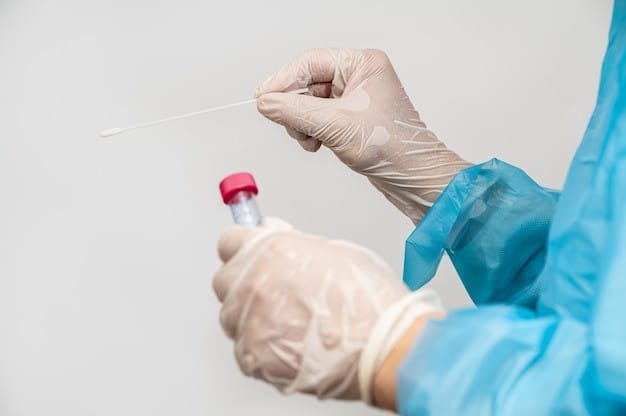
Difference between Conventional PCR and Real-Time PCR

Molecular biology-based analytical methods have become crucial tools to ensure the safety and efficacy of products pharmaceuticals, cosmetics, and food. With precise and sophisticated approaches, various molecular biology instruments can detect microbial contamination, toxicity, or potential side effects of a product quickly and accurately compared to conventional methods.
One of the methods frequently used in molecular biology analysis is Polymerase Chain Reaction (PCR) and Real-Time PCR (RT-PCR). Both serve the same function, which is to amplify specific DNA. However, despite having the same function, PCR and RT-PCR have significant differences in their applications and result measurement.
Main Cycle of PCR and RT-PCR Test Methods
In general, the process of DNA amplification in both PCR and RT-PCR involves three main cycles: denaturation, annealing, and extension. These processes are highly influenced by precise temperature changes at each stage.
1.Denaturation Phase
In the denaturation phase, the DNA sample is heated to a high temperature (94-98°C) to separate the double-stranded DNA into single strands.
2.Annealing Phase
Next, in the annealing phase, the temperature is lowered (50-65°C) to allow primers to bind specifically to the target DNA sequence.
3.Extension Phase
In the extension phase, the temperature is raised again (72°C) to allow DNA strand elongation with the help of polymerase enzymes. This cycle is repeated several times until a sufficient number of target DNA fragments are generated for further detection and analysis.

Difference between PCR and RT-PCR Test Methods
One of the main differences between PCR and RT-PCR is how the results are analyzed. In conventional PCR, the amplified product is only visible after the entire reaction is complete, and the product is examined using gel electrophoresis, which provides qualitative information about the presence or absence of the amplified DNA product. In this case, conventional PCR relies more on post-reaction analysis with validation using gel electrophoresis. On the other hand, RT-PCR allows real-time monitoring of the amplification reaction as it occurs. The detection of increasing fluorescence signals as the amplification product increases is used to monitor the reaction in real time, allowing faster and more accurate data collection.
The advantage of RT-PCR in providing quantitative results compared to PCR, which only offers qualitative results, is extremely useful in various research fields. For example, in gene expression studies, RT-PCR enables researchers to measure the level of target gene expression in specific cells or tissues, helping to understand how those genes play a role in biological processes or diseases. Furthermore, RT-PCR is also used in medical research to detect viral loads in infections, such as measuring the amount of virus in patients with HIV or SARS-CoV-2 infections.
Although RT-PCR is more advanced and provides faster information, conventional PCR still has the advantage of being more cost-effective. Conventional PCR is cheaper because it does not require sophisticated equipment like RT-PCR, which uses fluorescence detectors and special chemicals to measure amplification signals. Therefore, PCR is often used in applications that require simple qualitative detection without the need for quantitative information.
Despite its advantages and disadvantages, both conventional PCR and RT-PCR remain highly valuable in enhancing our understanding of molecular biology and its practical applications in the pharmaceutical industry, medical diagnostics, and scientific research. The choice between PCR and RT-PCR depends heavily on the objectives, analytical needs, and budget available.
Molecular Biology Testing Laboratory
At IML Research, we understand that the safety and effectiveness of pharmaceutical, cosmetic, and food products is a top priority. With molecular biology testing methods such as PCR and RT-PCR, we provide accurate and comprehensive testing solutions. Our approach prioritizes rigor, reliability, and trustworthy results so that every analysis offers data and insights that support your decisions. Through the right technology and a team of experienced experts, we are committed to helping businesses ensure the quality of their products is of the best standard.
Author : Rahmidevi Alfiani
Editor : Sabilla Reza Pangestika
Reference
Bustin, S. A., Benes, V., Nolan, T., & Pfaffl, M. W. (2005). Quantitative real-time RT-PCR–a perspective. Journal of molecular endocrinology, 34(3), 597-601.
Dorak, M. T. (Ed.). (2007). Real-time PCR. Garland Science.
Valasek, M. A., & Repa, J. J. (2005). The power of real-time PCR. Advances in physiology education, 29(3), 151-159.
